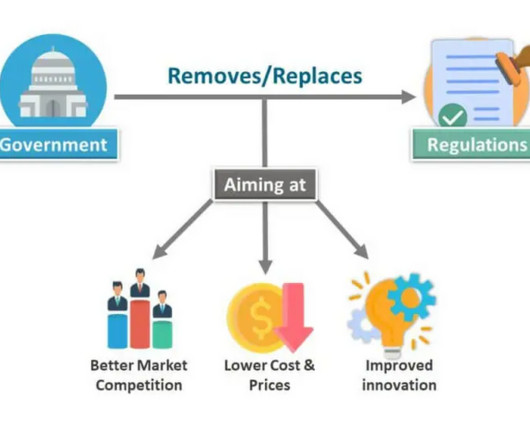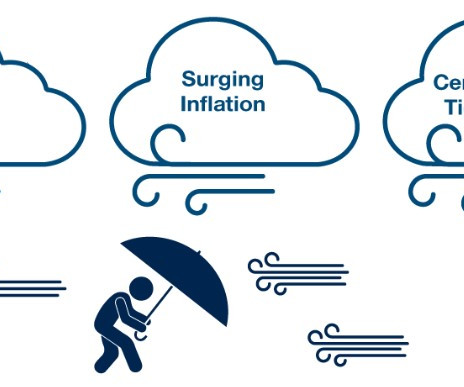PSBs profit tripled to Rs 1.04 trn in 9 yrs; need to continue momentum: FM
Business Standard - FInance
JULY 1, 2023
Finance Minister Nirmala Sitharaman on Saturday said the public sector banks' profit in the last nine years has tripled to Rs 1.04 lakh crore due to initiatives taken by the government and underlined the need for continuing the momentum to fuel economy. The net profit of public sector banks (PSBs) has almost tripled to Rs 1.04































Let's personalize your content